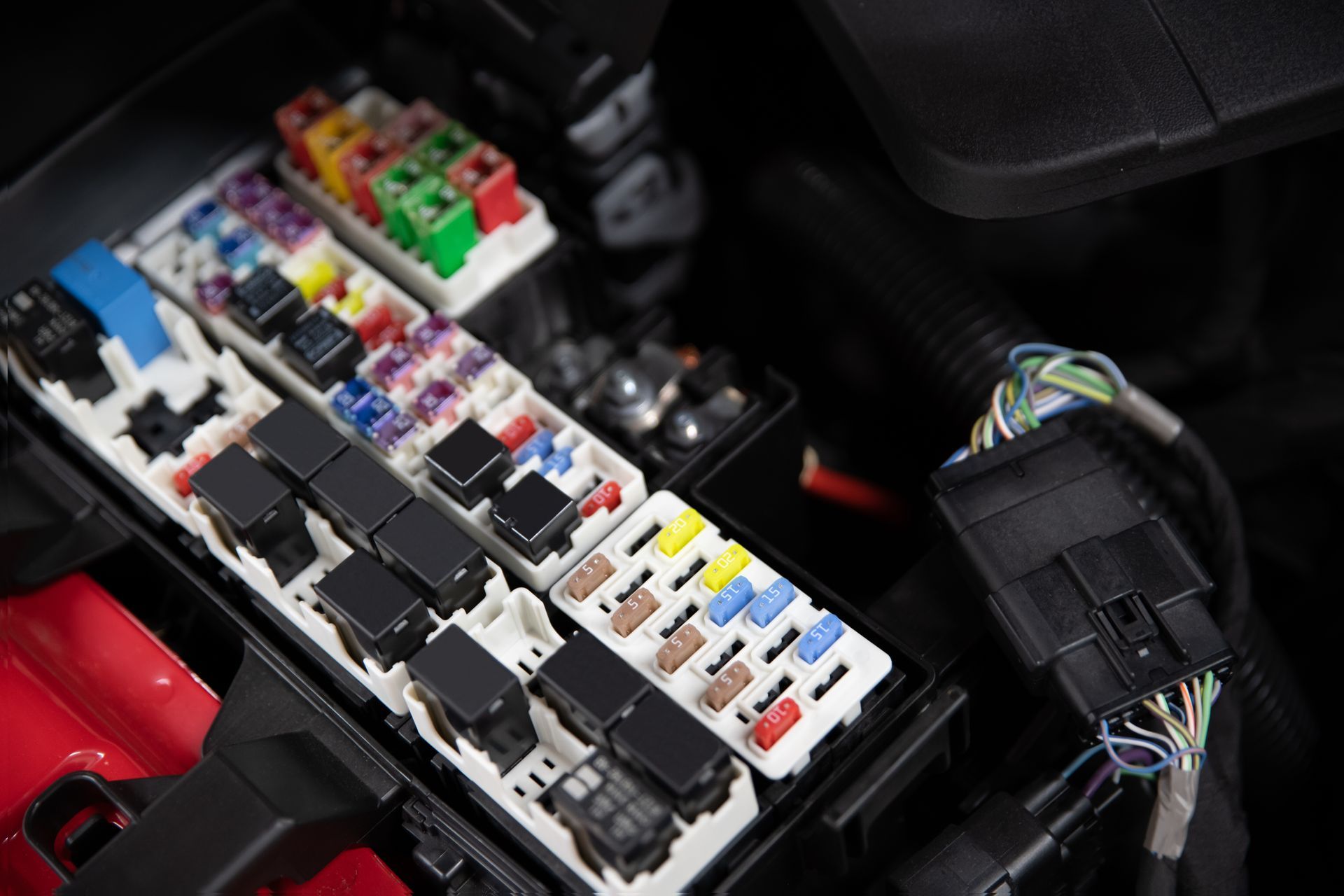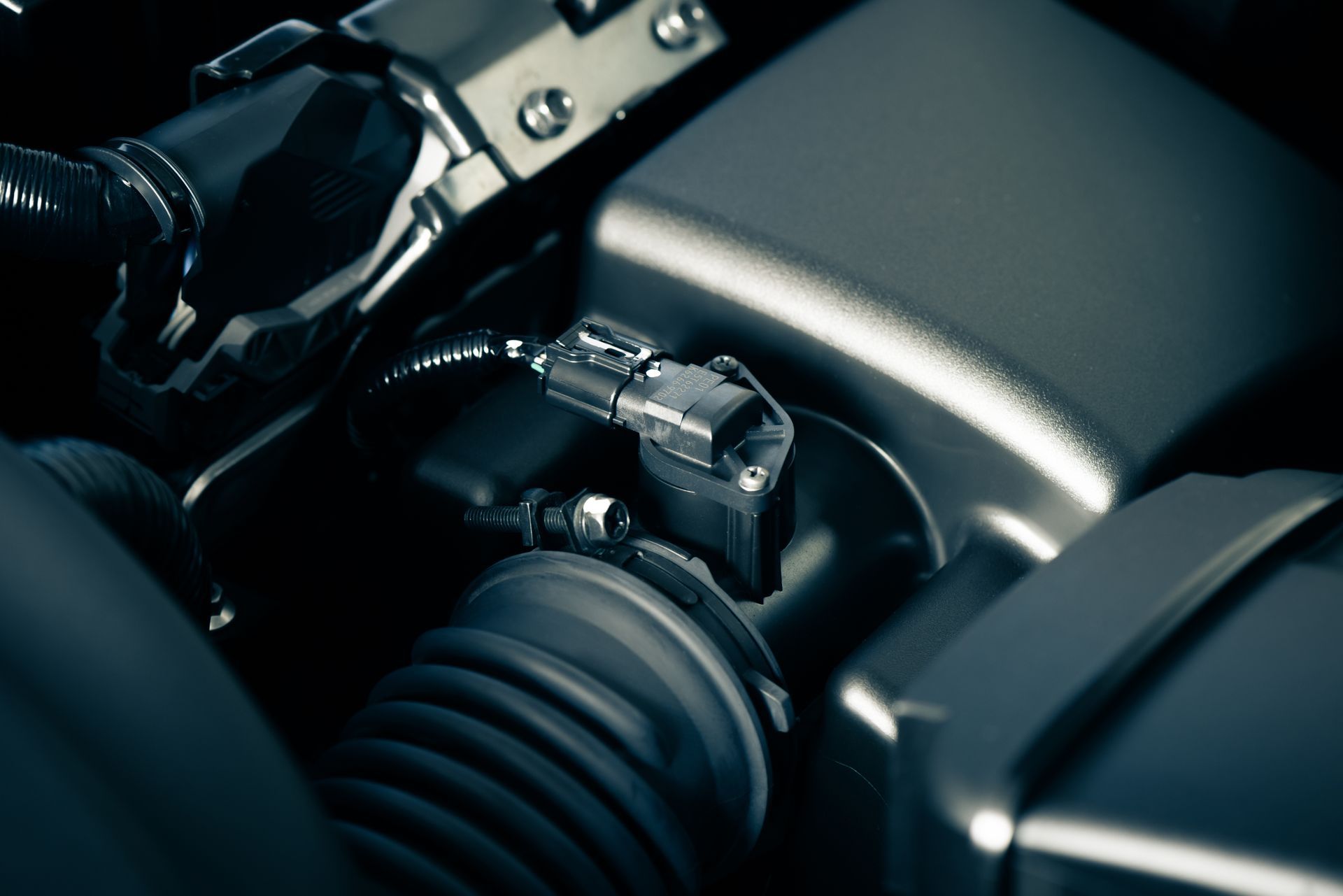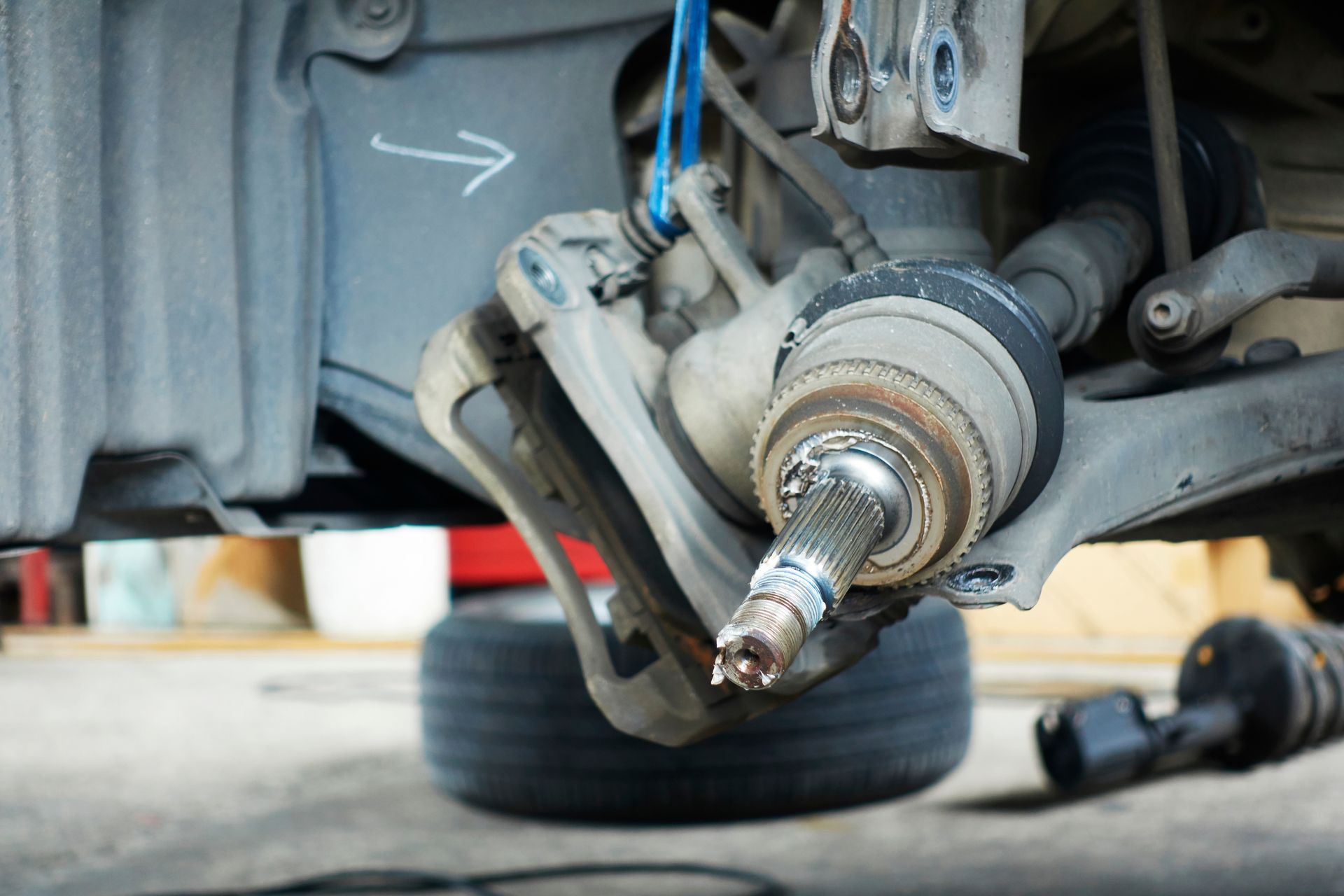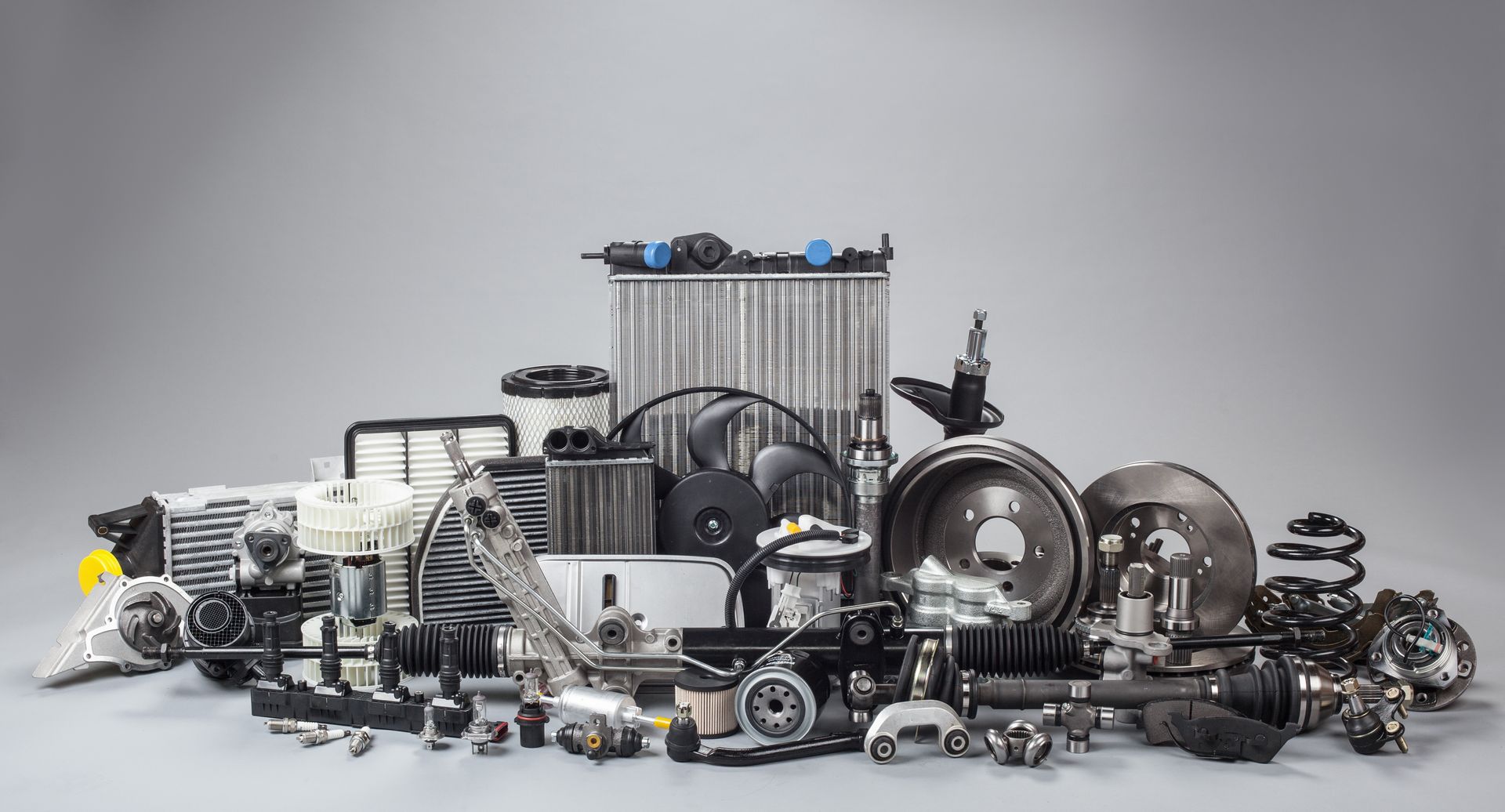Loading ...
Missing business hours data / Error occurred while getting the data.
Closed Daily: 1PM-2PM
Loading ...
Missing business hours data / Error occurred while getting the data.
Closed Daily: 1PM-2PM
How Does a 4-Stroke Engine Cycle Work?
September 27, 2024
When understanding how cars run, the engine is the most important component. Specifically, the 4-stroke engine is one of the most common engine types found in vehicles today. It's efficient, reliable, and the foundation of internal combustion engines. But how does it work? The 4-stroke engine goes through a series of well-orchestrated steps to transform fuel into the power that propels your car. Each stroke plays a vital part in this process. So, let’s break down the 4-stroke cycle and see how it all comes together.
What Are the Four Strokes?
Before going into the details, let's define the four strokes: intake, compression, power, and exhaust. These strokes refer to the up-and-down movements of the piston within the engine’s cylinder. Each of these strokes represents a different phase of the engine cycle, and they all work together to generate the power needed to keep your vehicle running.
1. Intake Stroke
The 4-stroke cycle starts with the intake stroke. During this phase, the intake valve opens while the piston moves downward in the cylinder. This motion creates a vacuum, allowing the engine to draw in a precise mixture of air and fuel. The air-fuel ratio is crucial here, as it directly affects the engine's efficiency and performance. Too much or too little fuel can cause poor combustion, leading to reduced power or engine problems. The intake stroke ends when the piston reaches the bottom of the cylinder, and the intake valve closes.
2. Compression Stroke
With the intake valve now closed, the piston begins its upward motion, compressing the air-fuel mixture inside the cylinder. This is the compression stroke, and its purpose is to increase the pressure and temperature of the mixture, making it easier to ignite. The more tightly compressed the mixture is, the more energy can be released during the next phase. Compression also ensures that the fuel burns more efficiently, which is key to both power output and fuel economy.
3. Power Stroke
The power stroke is where the actual work takes place. At the top of the compression stroke, a spark plug ignites the highly pressurized air-fuel mixture. This small but intense explosion forces the piston back down the cylinder with tremendous force, creating the power that drives the engine’s crankshaft. The crankshaft, in turn, transfers this energy to the wheels, propelling the car forward. This is the only stroke that generates power, which is why the other three strokes are essential for setting the stage for this moment.
4. Exhaust Stroke
Once the power stroke is complete, there’s one more crucial task: removing the waste gasses. During the exhaust stroke, the exhaust valve opens, and the piston rises again, pushing the spent gasses out of the cylinder and into the exhaust system. This prepares the engine for the next cycle, ensuring that the cylinder is ready for a fresh charge of air and fuel. Without this phase, the engine would quickly become clogged with waste gasses, causing inefficiency and damage.
Why the 4-Stroke Engine Matters
The 4-stroke engine cycle is highly efficient because it carefully balances power with fuel consumption. Unlike 2-stroke engines, which generate power more frequently but are less fuel-efficient, 4-stroke engines are designed for longevity and fuel economy. This is why they’re widely used in everything from cars to motorcycles to lawnmowers. Understanding how this process works not only gives you insight into your car’s performance but also helps you recognize potential issues if something goes wrong.
Need help ensuring your engine is running efficiently? Bring your vehicle to
Eurozone Motors for a full engine inspection. Our expert technicians will make sure everything is in top shape, from the pistons to the spark plugs.
Reach Us
Working Hours
Loading ...
Missing business hours data / Error occurred while getting the data.
Closed Daily: 1PM-2PM
Loading ...
Missing nap lines data / Error occured while getting the data.










